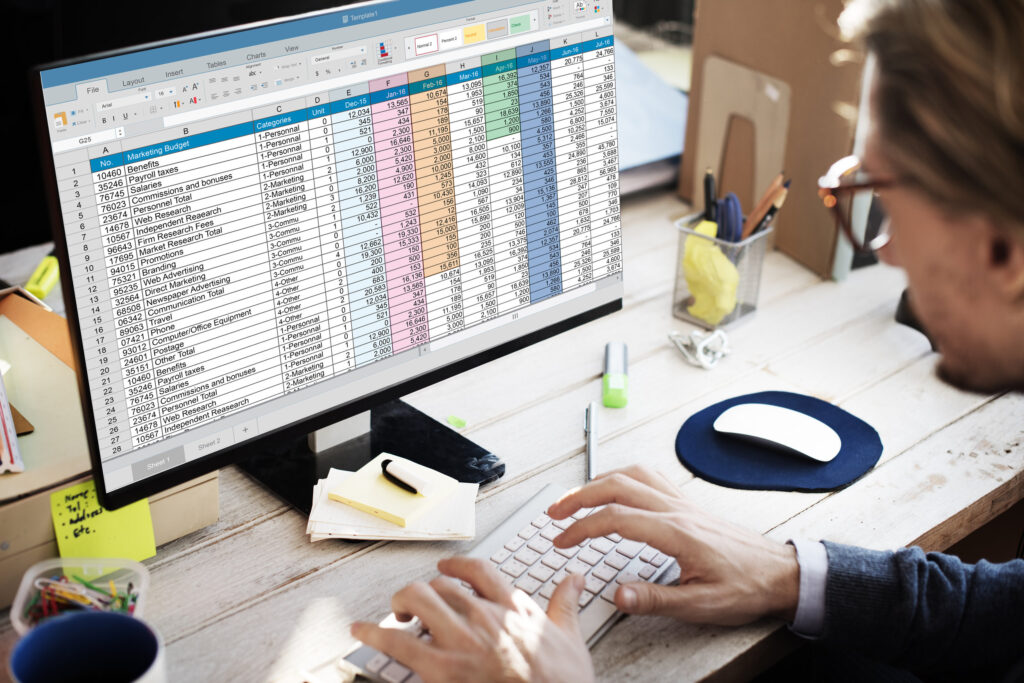As your business grows, any bookkeeping system that includes a shoebox full of receipts just won’t cut it anymore. Keeping accurate financial records is essential for everything from preparing taxes to assessing the health of your business. One of the first financial tools a maturing small business needs to establish is a general ledger.
Think of the general ledger as the master list of the financial actions that go on in your business. Different from the general journal, which is simply a chronological listing of transactions, the general ledger details changes to the company’s assets, liabilities, equity accounts, and other financials. If there is an increase or decrease in any of these accounts, it should be listed here. These entries can also reclassify amounts, correct accounting errors, and close accounts at the end of fiscal years.
Why do you need a general ledger?
A general ledger isn’t just more paperwork. It gives you a 360-degree view of your company’s financial health and better insight into your financial strengths and weaknesses. Some of these may include:
· Seasonal changes in revenue, indicating a need for new cash management strategies
· Increases in debt that may slow business growth
· Profit growth, signaling an opportunity for reinvestment in the business
· New or increased expenses that may affect overall business costs and profitability
By having all of your business account details in one place, you can spot changes and review or address them easier than if your financial information is stored in multiple places (or a shoebox). Having a well-constructed and up-to-date general ledger gives you the information you need to prepare an range of financial statements. It is also signals to bankers, lenders, investors, and potential business partners that you are serious about your business and its financial management — which is critical if you’re aiming to grow.
Creating a general ledger
The general ledger is based on the company’s chart of accounts, a document that lists all main accounts associated with the business, including:
· Current assets
· Fixed assets
· Current liabilities
· Long-term liabilities
· Owner equity accounts
· Sales revenue
· Expense accounts
· Gains and losses
Within the ledger, these accounts are broken down into four categories:
Assets: Assets are the items and elements of value within your business. For a small business, asset accounts usually include cash, accounts receivable, and physical assets, such as equipment or real estate. For larger businesses, this can also include larger parcels of real estate or a factory or plant, as well as intellectual property, such as patents or trademarks.
Liabilities: Liabilities are the monies owed by your business. These accounts include accounts payable, salaries payable, notes payable, and any other transaction where you pay money owed for a product, service, debt, or other expense. These transactions may be money owed now or in future fiscal years.
Equity accounts: Equity accounts are meant to reflect the capital invested into the business. Think of equity this way: If the business used its assets to pay off all its liabilities, the remaining amount is the balance in the owner’s “capital” or “equity” account.
Other transactions: Journal entries may also reclassify amounts, especially those that are time-sensitive, as well as correct errors, and close out temporary accounts. This type of detail gives a complete and accurate picture of the company’s transactions over time.
Keep it organized
Once you create the ledger — whether you choose to do so manually or with software — keep it updated regularly to ensure it’s valuable to your business. It’s a good idea to:
1. Ensure all transactions are entered in the appropriate journals
2. Summarize transactions and add them to the general ledger at least once a month
3. Give each account a separate page, if you’re entering transactions manually to avoid confusion and give you ample space to record transactions
Sorting through your financial documents to create a general ledger may seem daunting, but it can deliver clear advantages. And BookKeeping Express can help you harness the power of your company’s financials. From helping you prepare accurate financial statements to managing bill payments to systemizing payroll and more, our team of expert bookkeepers and accountants can help you put more time into what’s important: focusing on your business. To learn more, reach out.

